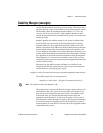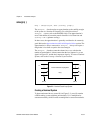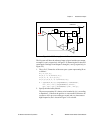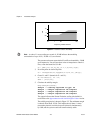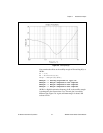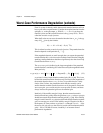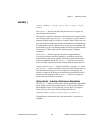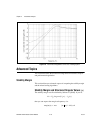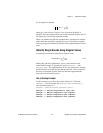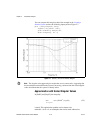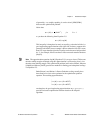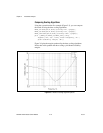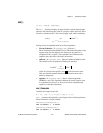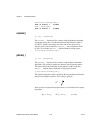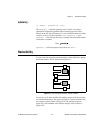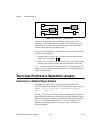
Chapter 2 Robustness Analysis
© National Instruments Corporation 2-11 MATRIXx Xmath Robust Control Module
for all diagonal Δ such that
where μ(
.
) is the structured singular value, introduced by Doyle in
[Doy82]. Thus, the margin is the inverse of the structured singular value of
H
qr
diagonally scaled by the magnitude bounds.
There is no numerically efficient algorithm that is guaranteed to compute
μ(M), and hence the stability margin. However, it is possible to compute
various good approximations to μ(M). One of these approximations is often
exact.
Stability Margin Bounds Using Singular Values
A popular but conservative method uses singular values:
(2-4)
Plotting the right side of Equation 2-4 gives a lower bound on the
actual stability margin. To get this plot, specify
smargin( ) with
scaling="SVD". This approximation can be very conservative, meaning
that the left side can be much larger than the right side. This fact spurred
the study of structured singular values and the other approximations
discussed in the following sections.
Use of Scaling Example
For this example, you will use the system in Figure 2-3. This time
smargin( ) will be invoked with scaling="SVD", so smargin( )
will calculate Equation 2-4.
margSVD = smargin(H,delb,{scaling="SVD"});
smargin --> Scaling algorithm is type: SVD
smargin --> Margin computation 10% complete
smargin --> Margin computation 50% complete
smargin --> Margin computation 90% complete
Δ
ii
α≤()}
1
μ M()
-------------=
margin ω()
1
σ
max
M()
----------------------
≥



